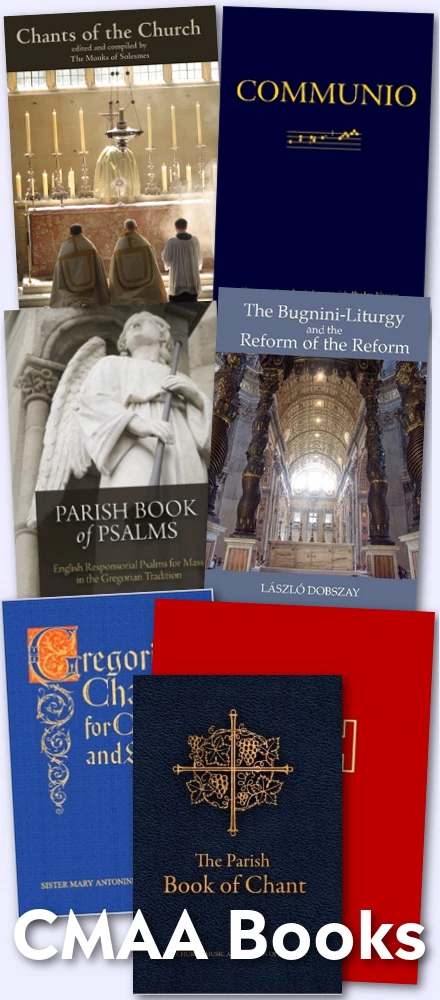Unfortunately, due to conflicting commitments I was unable to actually watch the papal Mass today in Washington, D.C., and while the music issue is still being discussed even now and is bound to dominate the discussion, I did want to ensure a few other elements were noted in formal way in a post here. This is not to take away from the other discussion, but rather is in keeping with our commitment to point these aspects out.
If the music wasn't in the "Benedictine" spirit (i.e. of Benedict XVI), and that it wasn't seems fairly evident from the descriptions of it, then some of the other aspects were moreso.
The one that stuck out as being particularly so was of course the altar arrangement which intends to help re-assert proper liturgical orientation; orientation to God and Christ crucified. Whatever else, it was a very good thing that this element was introduced in a non-Roman context and given further witness to. We can hope and pray that we will see this spread even moreso now.

One will recognize these as the same altar cross and candlesticks used in the crypt chapel of the Basilica of the Immaculate Conception.
Two other aspects deserve at least a passing mention, even if they are more minor, and not as significant of their own accord.
The first is the vestments, which were quite dignified. Certainly they are not of the ornate splendour of some of the historic copes and chasubles we have seen the Pope wear in Rome in recent months -- or even the beautiful 19th century cope we saw at the evening before at Vespers -- but they do put me to mind of the very dignified vestments of the monastic houses of Le Barroux or Fontgombault.


Secondarily, I should also like to note that it was nice to see the large crucifix placed directly behind the papal throne and altar. It is possible that this has been done at previous outdoor papal Masses, but this particular element did strike me as a plus, particularly given the naturally limiting circumstances of these sorts of large outdoor liturgies. This again helps to assert our focus within liturgical worship. We are turned towards the Lord of History; the sacrifice is re-presented and offered to the Father.

A concluding thought. I had noted yesterday that we need to manage our expectations about these events. No one was expecting that these liturgies would encompass the liturgical vision or reforms of Benedict XVI. The best one can hope for is to see how much might slip in from the papal liturgies as they are usually enacted. This is, after all, a part of the times we live in, which sees ourselves in transition in this regard, and not yet at the final goal.
That said, let us look to the Mass in St. Patrick's Cathedral, NYC, where I believe we might be more reasonably hopeful to see at least more of Benedict's liturgical vision manifest, as it was in the Vespers service. How much so remains yet to be seen.




















